Managing your machine identities and the certificates that authenticate them are a critical component of any modern cryptographic framework. This responsibility falls under two closely related but distinct processes: Certificate Lifecycle Management (CLM) and Certificate Lifecycle Automation (CLA), both of which play crucial roles within the broader scope of Machine Identity Management (MIM). Understanding the nuances between CLM and CLA, and their integration with MIM, is essential for your organization to fortify your cybersecurity posture.
Machine Identity Management (MIM): The Framework
According to CyberArk’s research, machine identities now outnumber human identities by 45 to 1 (and this number continues to grow). This shocking statistic emphasizes the importance of the effective management of the machine identities within your network through the use of Machine Identity Management. Pioneered by Venafi, Machine Identity Management (MIM) has grown to become one of the critical pillars of contemporary cybersecurity.
What is Machine Identity Management (MIM)?
Machine Identity Management is the administration and security of digital certificates and cryptographic keys that verify and manage the identities of machines (rather than humans) on a network, thereby facilitating secure machine-to-machine interactions. MIM encompasses all types of machine identities, not just those verified by digital certificates. This includes SSH keys, API tokens, and other forms of authentication that secure machine-to-machine communications and access within a network. While certificate lifecycle management (CLM)—and by extension, the newer certificate lifecycle automation (CLA)—focuses on the management of digital certificates, MIM takes a more holistic approach to securing the broader landscape of machine identities.
How does MIM relate to certificate lifecycle management + automation (CLM/CLA)?
Certificate Lifecycle Management (CLM) is a subset of Machine Identity Management (MIM) that is focused on the management of your digital certificates. These digital certificates are used for establishing the identities of the machines on your network, thereby enabling secure communications between your devices, servers, and applications. Examples of digital certificates for machines include:
- Code Signing Certificates: Certificates used to sign software programs and applications, verifying the identity of the software publisher and ensuring that the code has not been altered or compromised after signing. These certificates prevent malicious software code from impacting your network.
- Client Certificates: Mutual TLS authentication is facilitated through these certificates which authenticate the client to the server.
- SSL/TLS Certificates: The most common certificate type, used for secure communications between web servers and clients. These certificates secure data in transit, typically across the internet.
- Device Certificates: The centerpiece of the Internet of Things (IoT) ecosystem, these certificates identify and authenticate devices on your network.
- SSH Keys: Secure Shell (SSH) keys are not exactly certificates, but they are critical to machine identities. SSH keys enable secure remote login between computers, thereby facilitating the automation of machine to machine communication.
CLM includes the processes of issuing, renewing, and revoking these certificates, as well as ensuring that they are up to date and compliant with your security policies. These actions are critical for preventing dreaded certificate outages, as well as compliance issues and security breaches.
Certificate Lifecycle Automation (CLA) leverages software to automate the CLM processes, including automated certificate discovery, expiration monitoring, and replacement. The automation of these processes reduces the issues associated with human error and manual management.
The complementary nature of CLM, CLA, and MIM is crucial for comprehensive cybersecurity. CLM lays the groundwork for secure digital certificate management, CLA enhances this process through automation, and MIM expands the scope beyond certificates to include all machine identities, ensuring a robust defense against digital threats.
Deeper Dive into Certificate Lifecycle Management (CLM)
CLM is foundational to cybersecurity, ensuring that your communications and transactions are encrypted and secure, and that the identities of your machines and domains are verified and trusted. CLM oversees digital certificates throughout their entire lifecycle—from issuance, deployment, and use, to renewal and revocation. This ensures that your certificates are valid and compliant with both internal policies and external regulations, monitors their expiration dates, and maintains an inventory of all certificates in use within your organization.
To better understand CLM, let’s look at the key processes within the lifecycle of a certificate:
- Certificate Discovery + Inventory: Discovering all the existing digital certificates within your network, mapping out their deployments and creating a holistic inventory that provides visibility into your certificate landscape.
- Certificate Enrollment + Issuance: Requesting and obtaining new digital certificates from your Certificate Authorities (CA). This process involves the generation of a Certificate Signing Request (CSR) that is submitted to a CA, which in turn issues the appropriate certificate.
- Certificate Deployment: After issuance, the certificate must be deployed to its intended server, device or application. These deployment process entails configuring the system or application to use the certificate for its intended purpose.
- Certificate Monitoring + Validation: Continuous monitoring of your certificates enables you to rapidly and proactively detect and remedy potential problems before they become issues, such as outages, violations or breaches.
- Certificate Renewal + Reissuance: Properly configured certificates have a finite validity period and must be renewed prior to expiration. This renewal process often resembles the initial enrollment and issuance process. Automated renewal and reissuance significantly reduces resource demands and errors related to this process.
- Certificate Revocation + Decommissioning: There are numerous reasons why a certificate needs to be revoked, including compromise, credential change, and redundancy. Revocation may be temporary or permanent. Once a certificate is no longer required permanently, it should be decommissioned by removing it from your system and certificate inventory.
- Certificate Reporting + Compliance: Certificate reporting and compliance is a critical, albeit often overlooked, component of CLM. Regular reports on the status, health and compliance of your certificates is essential from both a cybersecurity and operational standpoint. Best practices around reporting and compliance include effective logging practices, regularly updating internal policies and external regulations, and regularly reviewing of your reports.
CLA: Automating the certificate lifecycle
While CLM provides the framework for managing certificates, CLA represents the evolution of this process, focusing on automating the repetitive and labor-intensive tasks associated with CLM. Automation tools and software streamline operations such as certificate issuance, renewal, and revocation, reducing the risk of human error and the potential for security breaches due to expired or improperly managed certificates.
CLA offers significant advantages:
- Efficiency: Automating routine tasks saves time and resources, allowing IT staff to focus on more strategic initiatives.
- Accuracy: Minimizes manual errors in certificate issuance and renewal processes.
- Scalability: Easily scales to manage the increasing number of certificates required by growing organizations and complex IT environments.
Your GPS for Navigating the Certificate Lifecycle
As your organization navigates the complex and evolving certificate landscape, understanding and implementing robust solutions for CLM, CLA, and MIM are essential for ensuring your digital security and trust. At Accutive Security, we partner with Venafi and Keyfactor, two of the leading providers of solutions for MIM, CLM, and CLA. Our certified cybersecurity experts will guide you through this complicated landscape to select the best solutions for your organization’s needs. Our Accutive Security Innovation Lab enables you to conduct realistic demos and proof of concepts to see how CLM, CLA, and MIM platforms work and integrate with your existing cybersecurity framework. Click here to get started!
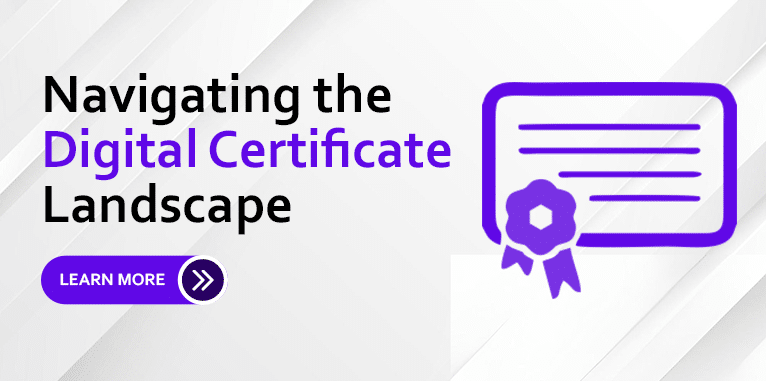

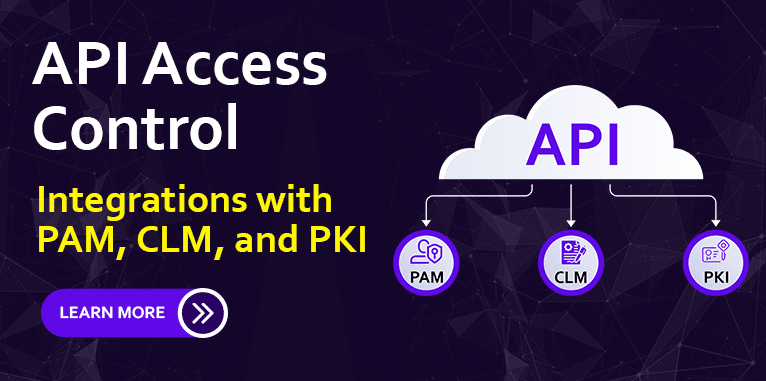


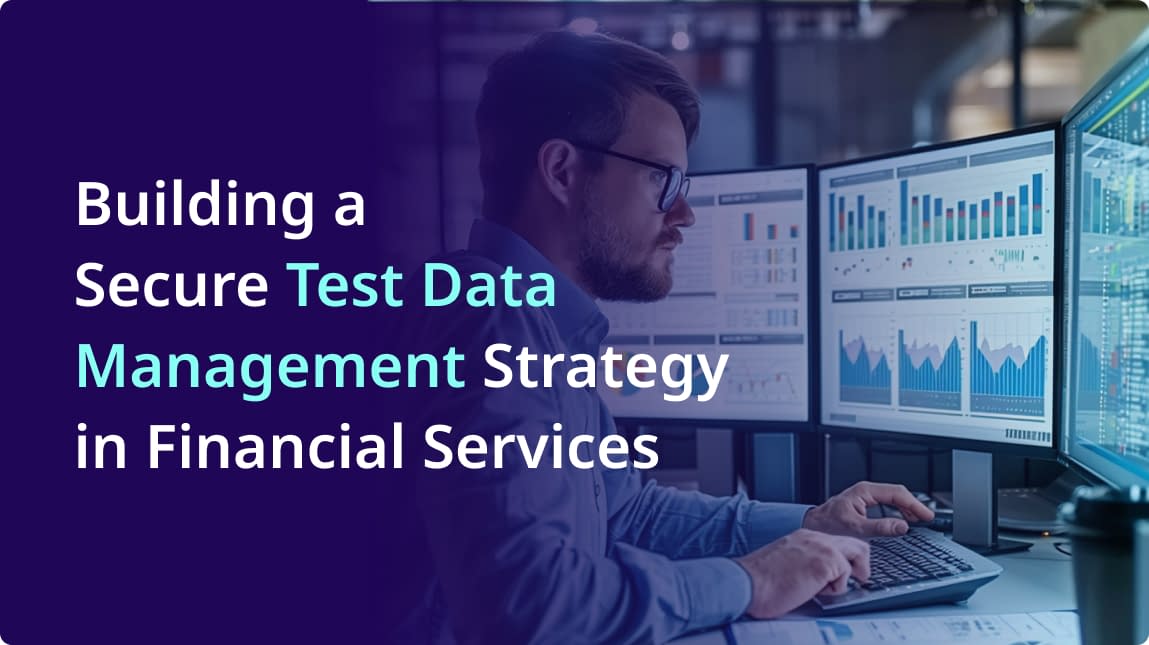
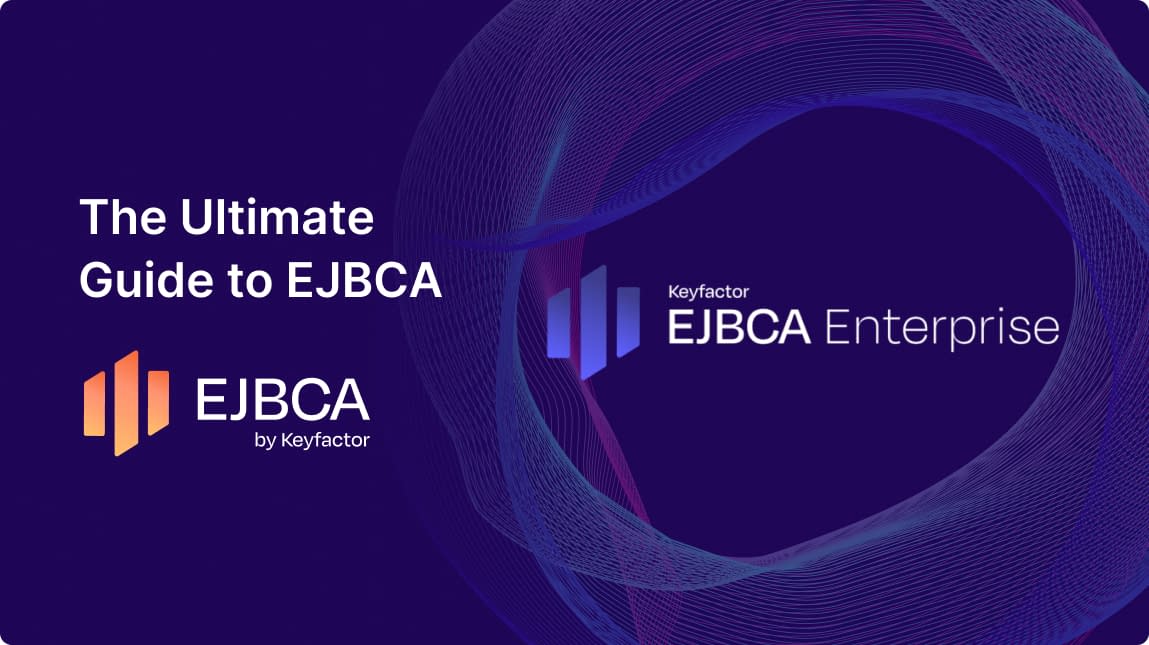
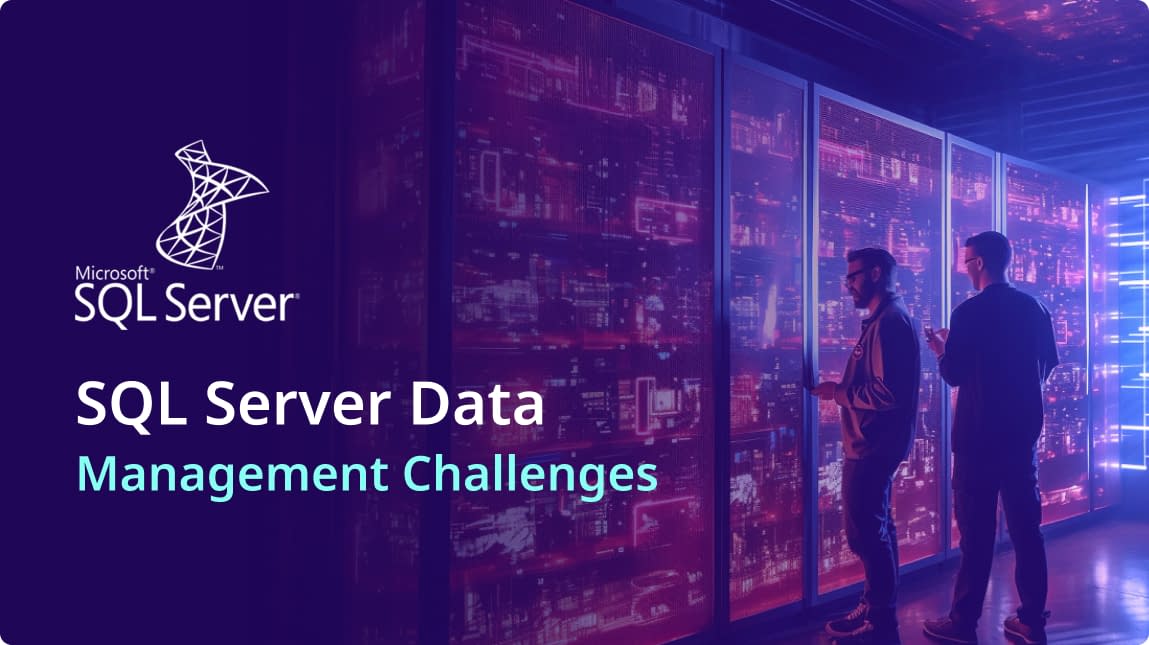
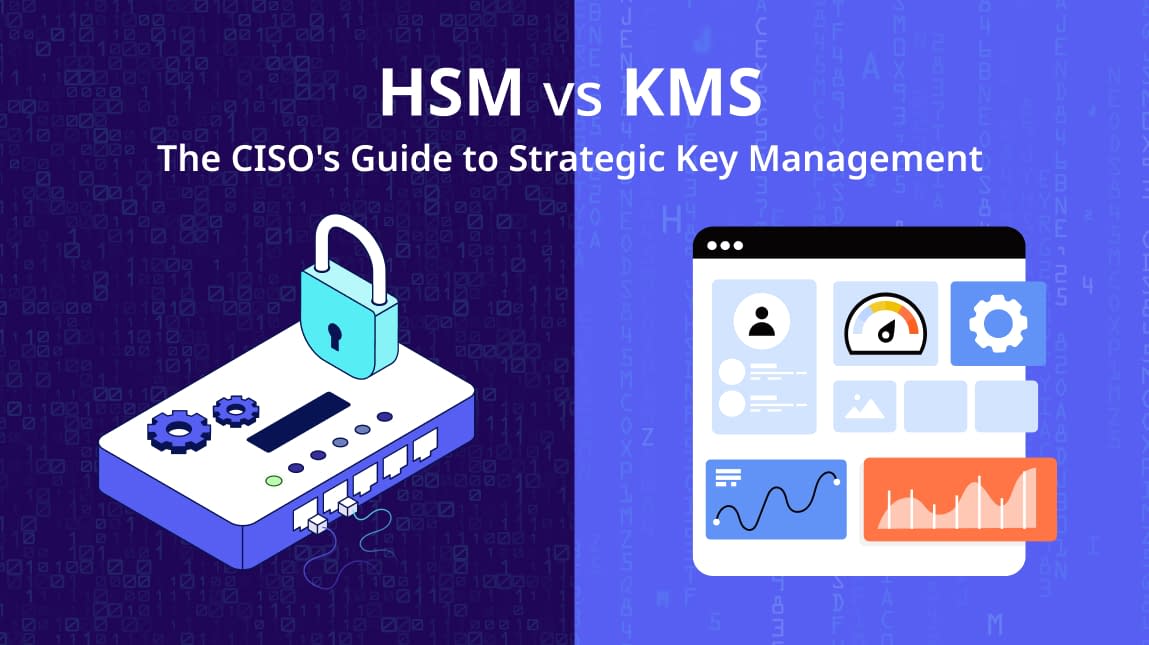



Comment